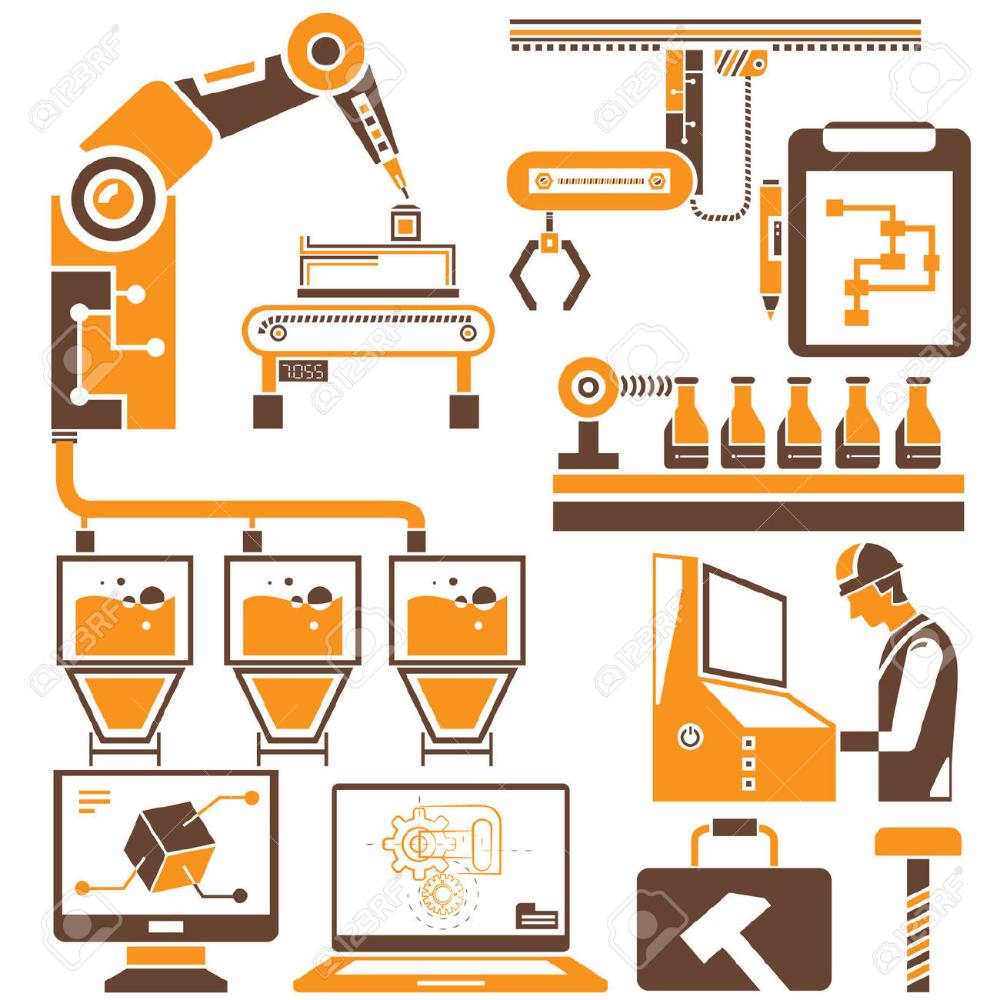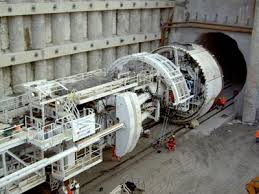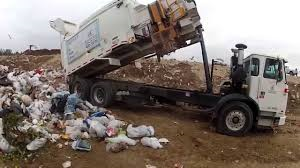
I come across manufacturing managers who feel excited about the possibilities of a ‘connected’ shop floor and ‘connected’ products, but don’t know where and how to start. They are very experienced and knowledgeable and have been, in recent times, attending conferences on Industry 4.0 and Industrial IoT.
Many of them have worked with and have implemented, with some degree of success, several improvement initiatives such as TQM, Kaizen, Lean (or Toyota Production System), Agile Manufacturing and Theory of Constraints.
With Industrial IoT they see immense opportunities to do all of these better, faster, proactively and innovatively. After all, accurate and timely information that produces actionable intelligence, form the backbone of all such methodologies when put into practice. Connected machines can deliver real time data collection and analysis, automation and autonomation; and predictive and prescriptive analytics. This makes Industrial IoT a very attractive proposition to them.
One of the key issues for them is to develop a business case to present to their management to obtain approval to get started. What are the use cases that they could be looking for? What are the KPIs that could possibly be dramatically improved?
I have attempted to come up with a potential list of areas and KPIs that they may investigate and I would request my readers to augment this so that we can all benefit.
Operations and Manufacturing Problems
Areas to look at: Real time asset monitoring, inventory and material tracking, predictive and condition based maintenance, quality assurance; and connected operational intelligence
KPIs that can be improved: Throughput (cycle and lead times), defects and rework, returns, recalls and complaints, manufacturing costs, uptime, operator scheduling effectiveness, OEE, energy costs, maintenance costs, compliance, customer satisfaction
Product Development Problems
Areas to look at: Product quality analysis (through simulation and under testbed condition), real time performance analysis, real time usage analysis, real time operating environment and condition analysis
KPIs that can be improved: R&D costs, product development costs, time to market with new/improved product, product quality, safety and reliability, profit from new products or services, customer satisfaction
Support and Service Problems
Areas to look at: Predictive and automated service functions, service parts inventory management, remote monitoring and troubleshooting
KPIs that can be improved: Availability and uptime of products in the field, warranty and service costs, customer complaints, complaint response and resolution time, returns and recalls, customer satisfaction
Each of the above areas merits its own space for further exploration. I urge my readers to share their views and also any case studies that they may be able to share from their experience.
Note that while zeroing in on a specific area and building a business case for IoT implementation maybe relatively easy, doing the implementation successfully is a different story that shall be discussed in a later article.
Meanwhile, wishing the very best to all the bold manufacturing managers in their new journey with Industrial IoT.

With some justifiable pride the media has been writing about how two half-kilometre tunnels under the river Hoogly for the Kolkata Metro were built within a span of just 66 days, much ahead of time. The feat was made possible with the use of two special tunnel boring machines (TBMs) brought from Germany.
These tunnels are a part of a nearly 11 km long metro rail project. Credit goes to the people involved in the project. And, of course, to the critical TBMs, which worked without major breakdowns.
Such successes are undeniably rare in the world of Indian infrastructure. For instance, the Bandra-Worli sea link had a cost overrun of Rs.1300 crores ($200 million) and a delay of five years.
A study [1] done to ascertain the causes of delays and increased costs in infrastructure projects in India shows that causes under the category Equipment Group play a critical to extremely critical role. The factors under this group included breakdowns, equipment shortage, low operator skills and low equipment productivity/efficiency.
There is a huge case for maximizing the use of digital technologies [2] in construction equipment to improve optimal use, lower downtime, increase productivity, enhance operator competence and health and safety and care for the environment through lower emissions.
Improve Optimal Use: Analysis of telematics data (that is, data from attached sensors) from the equipment can support fleet planning, scheduling and management for optimal use, reduction of idle time and ensuring that loss due to equipment shortage can be kept at a minimum.
Use of GPS and GIS information can assist in selecting the right equipment for the given terrain and location, ensure real time tracking of these assets and predict and monitor performance of these equipment on site.
Lower Downtime: Telematics data can also help monitor equipment health and implement a condition based maintenance strategy (CBM) that integrates the data with prognostics models to predict failures and trigger proactive maintenance. This also supports tools for remote diagnostics that help maintenance personnel to troubleshoot from afar.
Increase Productivity: Telematics and GPS/GIS data can be successfully used to predict and monitor the productivity and overall effectiveness (OEE) of the equipment.
Operator Skills and H&S: Construction sites are accident prone since heavy machinery and ground workers work in close proximity. Handling construction equipment safely and productively is a very special skill. Digital technologies such as gamification, simulation and virtual reality can ensure faster and repeated trainings to augment operator competence and safety awareness.
Interestingly, sensor data can also help track operator behaviour and measure skill/competence to drive pre-emptive training interventions.
Similarly, sensor based technologies can identify blind spots, proximity of personnel or other obstructions and provide early warning to avoid accidents.
Environment: Sustainability through lower emissions is an important regulatory requirement. Keeping the equipment in good shape through proactive maintenance and replacement of parts using digital technologies cited above ensures that emissions are kept within specified limits. Operator handling is another major factor that can lead to poor emissions. Sensor technologies can help monitor emission quality and provide early warning on deterioration.
Without doubt, we could list many, many more ways digitalization of construction equipment can help in reducing cost and time overruns of projects, ensuring safety of construction workers and lessen the harmful impact on the environment.
With India poised to spend Rs.25 trillion ($376 billion) on infrastructure over a period of three years and with long term infrastructure outlook bullish, construction equipment and heavy machinery owners have some work to do in this direction.
[1] Analysis of Critical Causes of Delays in Indian Infrastructure Projects – www.iijrd.com
[2] A thematic review of main researches on construction equipment over the recent years - www.sciencedirect.com

It was not surprising to find the $125 billion conglomerate, GE, betting long-term on embedding intelligence into their products by pouring billions of dollars under Jeff Immelt. The digital thrust will continue under the leadership of John Flannery, the CEO designate.
Products have the potential to emit a gold mine of data. It would be near-sighted not to use this gold mine to make life easier, customer experience better, the environment more sustainable and in the process, generate more revenue for the entire value chain.
The data can be mined using sensor technologies attached to the machines and using communications technologies and analytics to deliver value through diagnostics, predictions, alerts, automated decisions and actions, strategic insights – all at a speed and cost not available before.
As an example, if you are an industrial machine manufacturer you know that some of the challenges faced by your customers are: preventing failures, reducing unscheduled downtime, extending equipment life, lowering energy and operations cost and so on.
How good will it be for your customers? If you are able to add sensors which transmit data and your software does run-time diagnostics on parameters such as temperature, vibration, voltage fluctuations, pressure drops, leakages and so on. Potential problems are then flagged off by the analytics software and even time to failure is predicted accurately for the customer to take proactive action.
What could be driving this strategic push for machine manufacturers?
Do manufacturers get it? A survey done by the MPI Group found that 63% of manufacturers believe that embedding intelligence in their products will increase profitability. Most are looking forward to increased revenues by adding these innovations to their products, increase in market share, access to data from products from the field and increased profit margins from products as major benefits.
Do customers get it? Here the challenge appears to be less easy. Beth Comstock, head of innovations at GE, who declares “You don’t go digital at your own peril”, admits that convincing GE’s customers about digitizing will take somewhat a little longer since they would like to see examples from others.
In conclusion, it can be said that, like the Internet, the Internet of Things (IoT) for industrial machines will get pervasive sooner than we think. After all, 50 billion machines are expected to have connectivity by 2020! Instead of trying to ignore it, industrial machine manufacturing companies should start embracing it.

The Hindu has carried two news reports today. In the first, a young machine operator’s life was tragically cut short when the boom of the jaw cutting machine fell on him when he was trying to check an oil leak that had sprung up in the vehicle.
In the other, it ran an investigative report on how contractors entrusted with the clearing of garbage in the city are scamming the system. The contractors are paid by the weight of the garbage collected. Each of their collection trucks have a specific route to follow and they are supposed to collect from each and every collection points along the route.
However, that is not what they do. They collect mostly construction debris, which is not their remit, and cover this up with the municipal waste to avoid detection. We all understand that construction debris is many times the weight of garbage. Thus, without further collection of waste they are able to make their numbers in less than half an hour!
Could technology have helped in these two cases?
In the case of the young man’s tragedy there was a reasonable chance that his life could have been saved through technology and some proactive maintenance activity. There are telematics devices which can diagnose conditions of vehicular systems and raise alarms much before failure occurs. Although, it is not clear what oil was leaking and from where, such diagnostic systems can be designed to predict problems and take preventive actions.
In the interesting case of the ‘garbage’ scam it is possible to use technology to raise alarm to remote stations and even to the supervisor’s mobile when the load on the truck exceeds a reasonable value in a single collection and also cumulatively. One can also track the number of times a collection was made and from where. If the garbage collection points are well mapped in the system, it can even tell if a point was missed out in a collection run.
Do these technologies cost money? Yes, they do. To buy and to run them and to maintain them in top condition so that they don’t fail. After all, they are there to detect other failures!
Does it make sense to spend money on these technologies? It positively does. The cost is nowhere near the cost of the life lost or the amount of swindling that you are being subjected to.
Designed by W3Squad